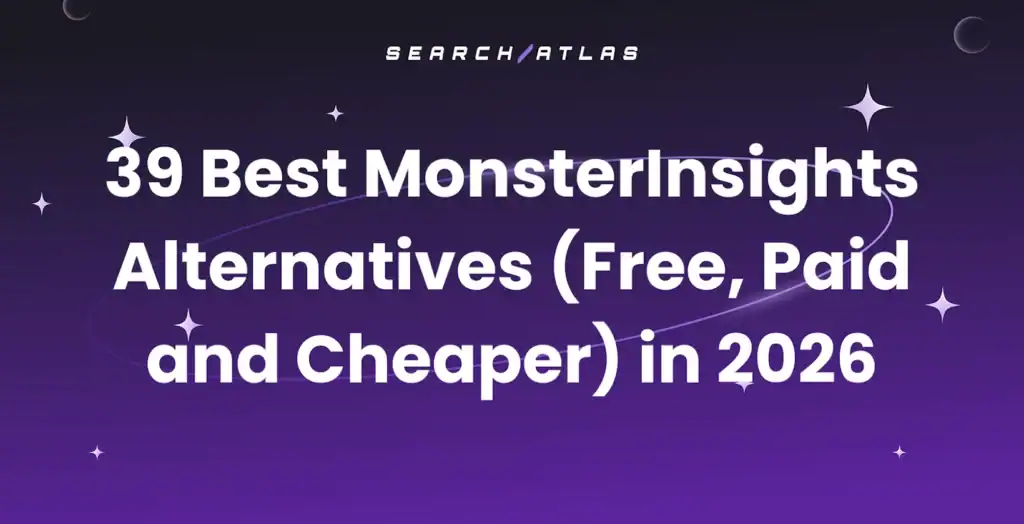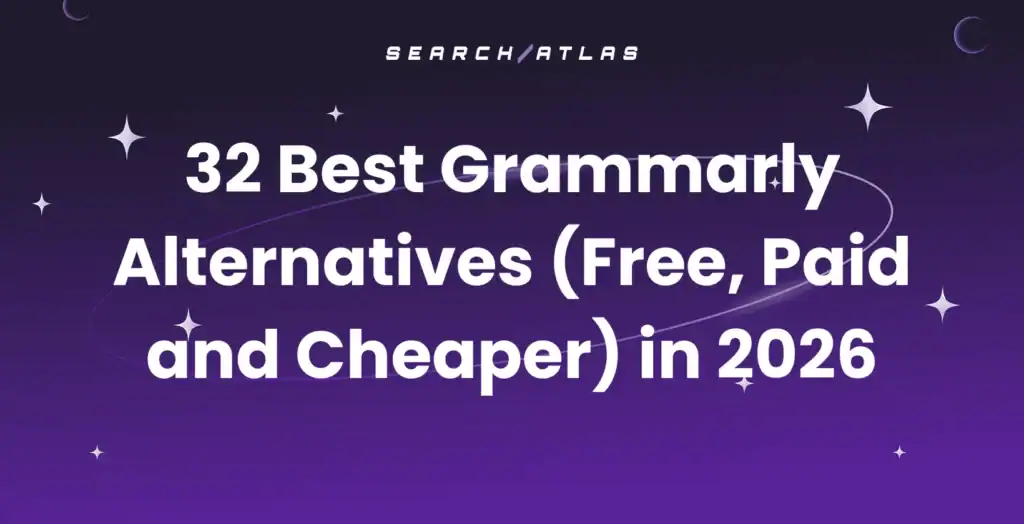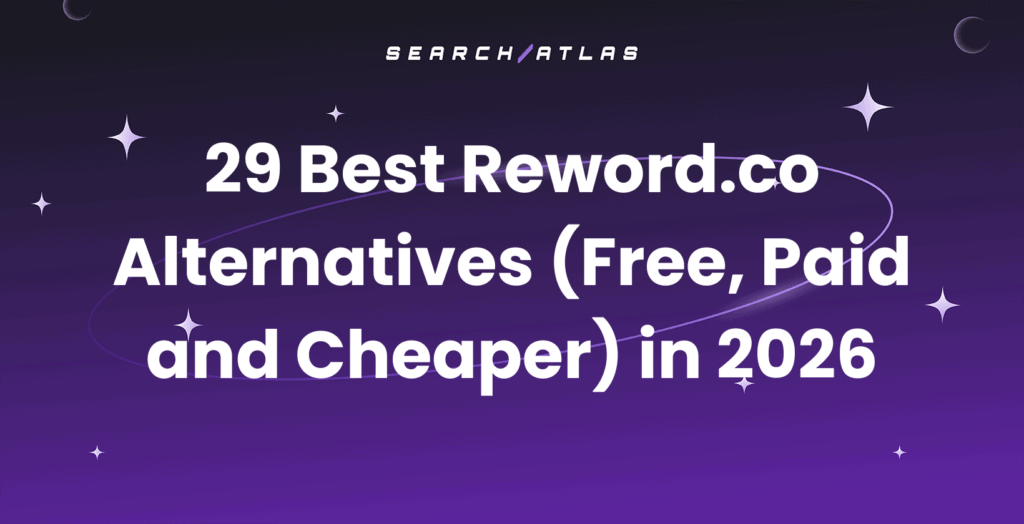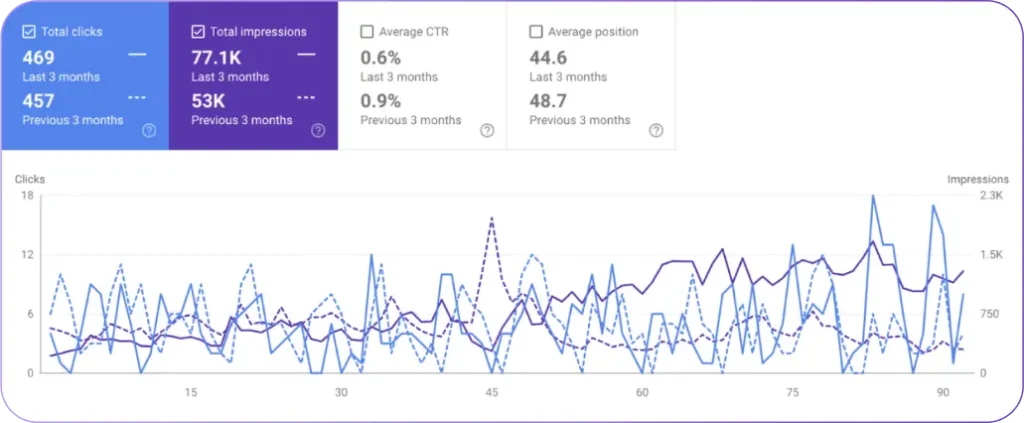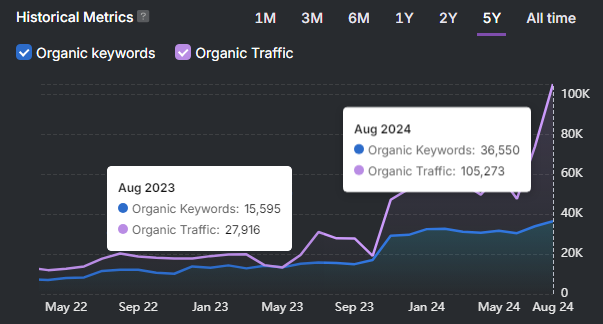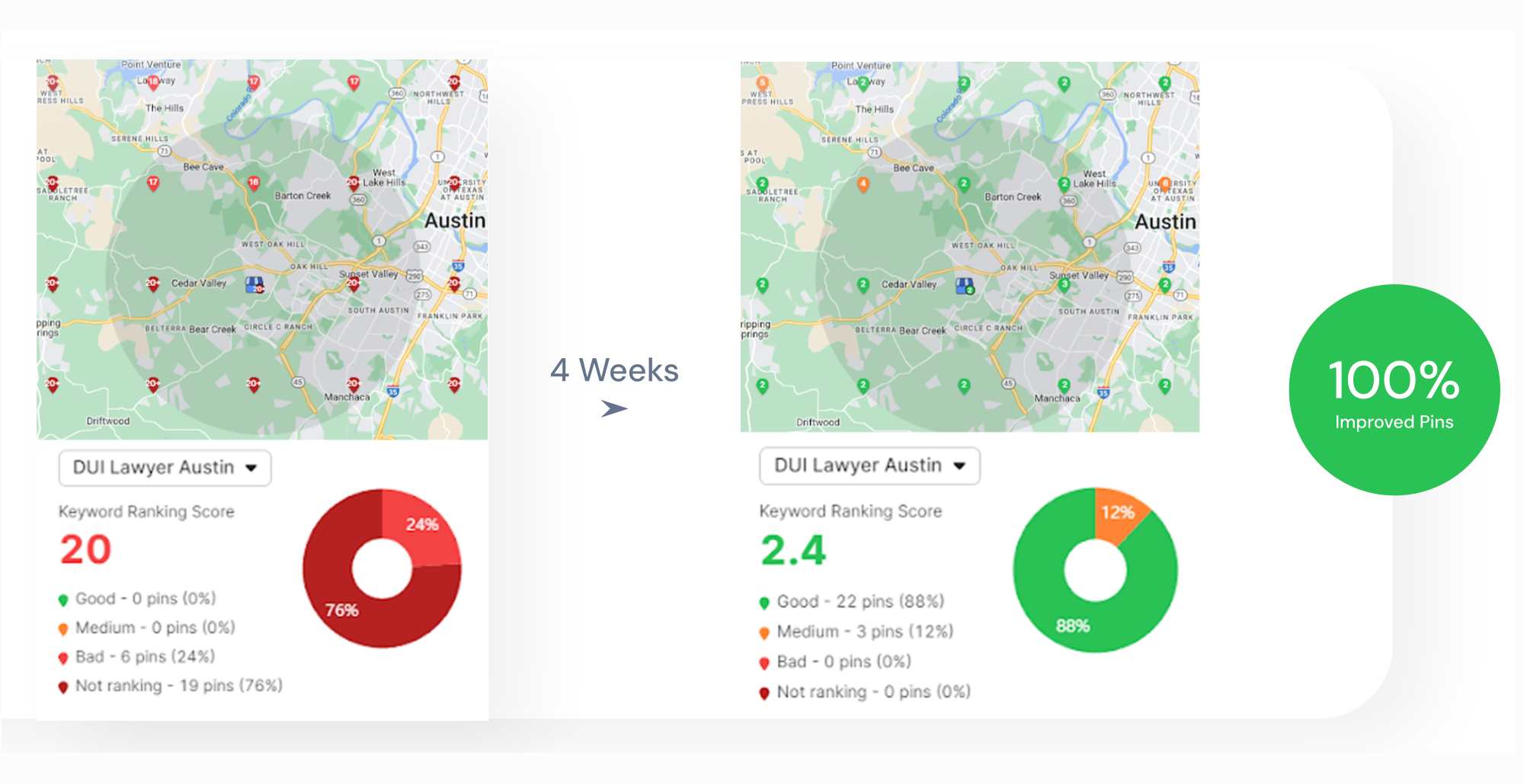Content syndication is republishing your existing digital content on third-party websites to reach a larger audience. You create original content first, identify strategic partners, negotiate agreements, ensure proper attribution with canonical tags, and monitor performance. Your blogs, articles, or even press releases reach a broader audience.
Paid syndication offers fast, guaranteed results, while free syndication builds long-term authority through relationships. This article covers syndication definitions, usage methods, types, and proven strategies for business success.
What Is Content Syndication?
Content syndication is republishing your existing digital content on third-party websites to reach a larger audience. Content syndication distributes your content over several channels at once. These sites get free, high-quality content, while you gain exposure, backlinks, and increased traffic to your site. Examples of content syndication include republishing on platforms like LinkedIn, Medium, Outbrain, and Taboola.
Content syndication is different from guest posting. Syndication reuses your existing content, either in full or as an excerpt, across multiple platforms, while guest posting requires unique content. Content syndication is an easy way to extend your content’s reach and impact without starting from scratch. ✍️

What Are the Types of Content Syndication?
Almost any type of digital content can be used for content syndication, and each type of content serves a unique purpose. The most common types of content syndication are listed below.
- Blog Posts and Articles. These put your ideas in front of more eyes, which drives traffic and showcases your expertise.
- Press Releases. These ensure your news gets widespread exposure, which keeps your audience and the media informed.
- Infographics. These are eye-catching and easy to share. Syndicating them helps you get noticed by visual learners and broader audiences.
- Videos. Syndicating videos on platforms like YouTube helps you increase views, build awareness, and engage more people.
- Podcasts. These become available to a wider audience on directories like Spotify, which grows your listener base.
- Whitepapers and Ebooks. These place your in-depth content in front of the right people, generating more leads.
- Case Studies. These showcase your success stories and build trust with potential clients.
- Webinars. Syndicating recorded webinars extends your reach, so people benefit from your insights long after the live event.
How Does Content Syndication Work?
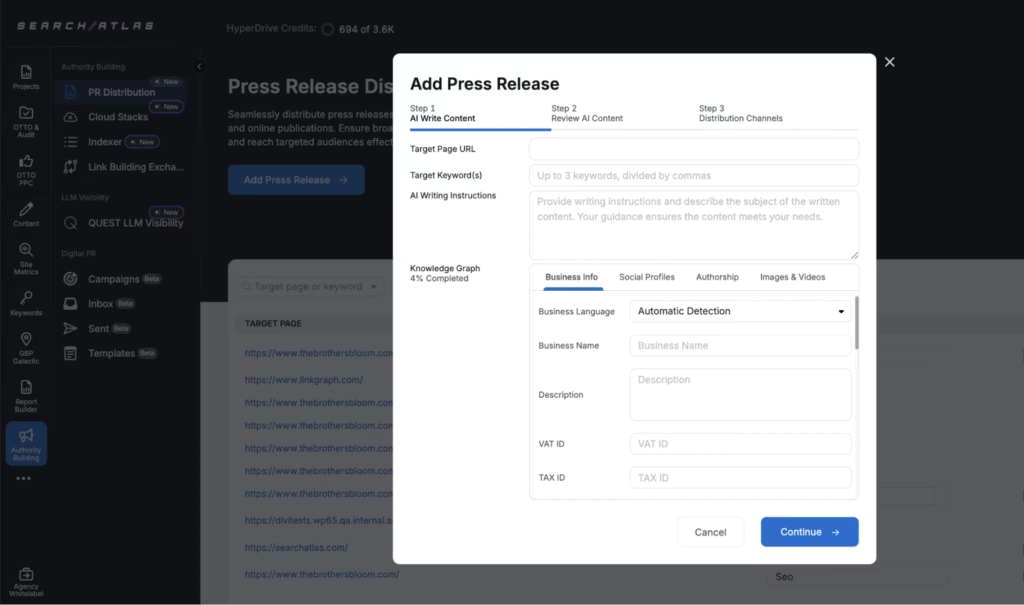
Content syndication works by following the 5 steps that we explain below.
1. Create and publish original content on your platform first.
Develop high-quality content like blog posts, research studies, infographics, or videos that provide value to your target audience. This content lives on your website or primary platform, which establishes it as the authoritative source before any syndication begins.
2. Research and identify strategic syndication partners within your industry.
You look for reputable websites, industry publications, or digital platforms that serve your target audience but aren’t direct competitors. These partners have established readership and credibility in your field, which maximizes the value of the syndication relationship.
3. Negotiate republishing agreements that benefit both parties.
Work with potential partners to establish terms for content sharing, which include full article republication, excerpt sharing with links back to the original, or curated content roundups. The partner gets quality content for their audience while you gain exposure to new readers and potential backlinks.
4. Ensure proper attribution and SEO optimization throughout the syndication process.
Ensure all syndicated content includes clear attribution to the source with backlinks to your website. Canonical tags are implemented in the HTML to signal to search engines which version is the original, which prevents duplicate content penalties while preserving your SEO value.
5. Monitor performance metrics and optimize your syndication strategy over time.
Track key indicators like referral traffic, engagement rates, lead generation, and brand mentions across all syndicated placements. This data helps you identify the most effective syndication partners and content types, which allows you to refine your approach and focus resources on the highest-performing channels.
How Content Syndication Affects Your SEO
Content syndication gets more eyes on your content and the chance to earn backlinks with little effort. It expands brand exposure and improves overall SEO performance. Google prefers original content, but syndication still has a place in your strategy.
To avoid SEO issues, Google often picks the version on a high-traffic site like your syndication partner’s. But with the right strategy, like using a rel=“canonical” tag, you tell Google your version is the original. This helps you enjoy the exposure while preserving your SEO benefits, so you get the best of both worlds.
What Are the Benefits of Content Syndication?
The benefits of content syndication vary from SEO boost to better conversions. We list some common benefits of content syndication below.
- Maximize Content ROI. Syndicating your content lets you share it with new audiences, so you make the most out of your content creation efforts.
- Boost Brand Awareness. Industry influencers and digital publishers help spread your content.
- Build Authority. It builds trust and establishes you as an expert when people engage with your content across platforms.
- Earn Backlinks. Syndicating often leads to valuable backlinks, which improve your SEO and drive more organic traffic.
- Scalable ROI. You can align your syndication strategy with your growth goals to save time and resources while still providing valuable content.
- Expand Brand Engagement. More exposure means more opportunities for traffic and conversions, which helps you reach a wider audience.
- Customizable Audience. Syndication targets specific buyers and ensures you attract the right leads into your sales funnel.
- SEO Benefits. Syndication boosts your search rankings and solidifies your site authority with backlinks from reputable sites.
5 Effective Strategies for Performing Content Syndication
We explain 5 effective strategies for performing content syndication below.
1. Leverage Press Release Syndication to Reach Top Websites
Syndicate your press releases across a network of media outlets and websites to reach a wider audience. AI makes the process easier by generating high-quality press releases in just one click. AI tools let you edit and personalize press releases quickly.
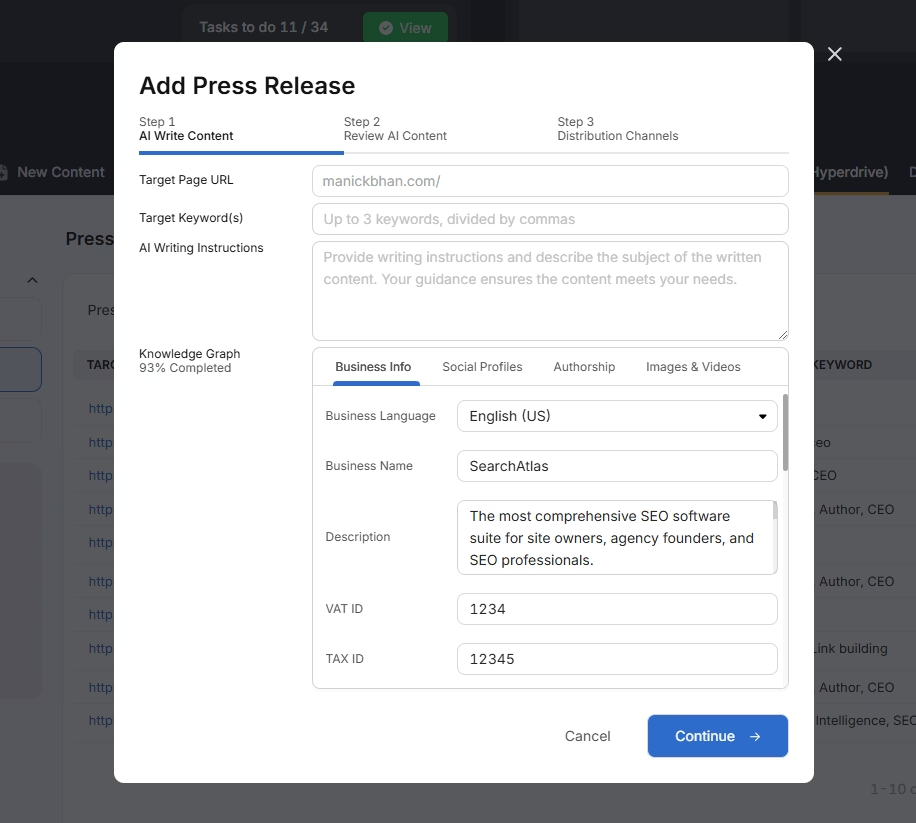
First, prepare your press release. Second, distribute it across reputable news sites to maximize exposure. The syndication often lasts for months, which keeps your content visible and improves your SEO rankings over time.
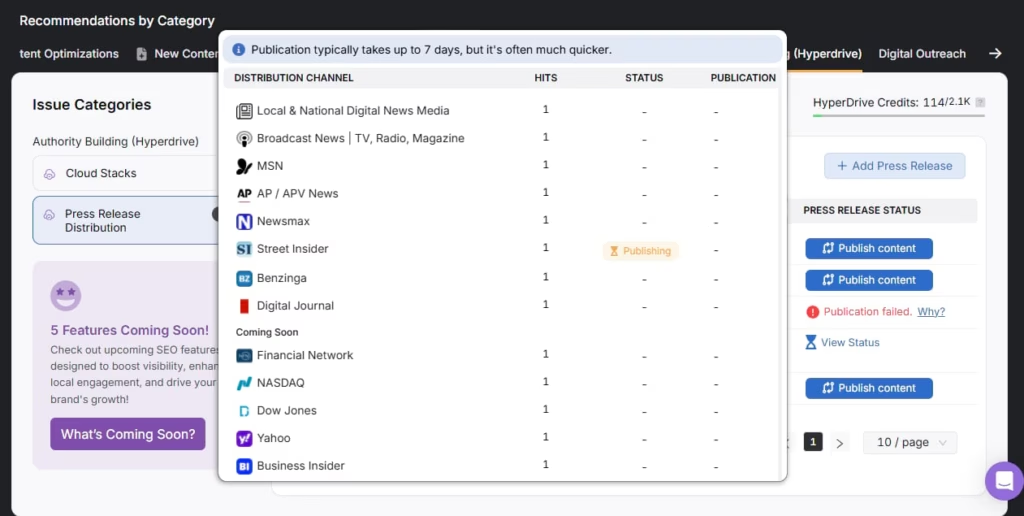
Customize your press release with images, videos, and a tone that fits your brand. Plus, targeting specific channels ensures your message reaches the right people. Syndicating your press release increases visibility, engages your audience, and boosts your site’s traffic.
2. Craft High-Quality Content to Share With Partners
One method is to work with content syndication partners. Content syndication partners are websites that share external content with their audience. Aim for partners that have a similar target audience but do not directly compete with you. For instance, toy brands seek partners like parenting blogs or educational resource sites. Look for partners who are willing to share your content for free.
To find suitable partners, search for phrases like “republished with permission” or “originally appeared on” along with relevant keywords. Track your competitors’ keywords and syndication efforts and find additional partnering possibilities.
Another effective method is republishing your content on your own platforms, like social media or self-publishing sites. This tactic is often more effective than just posting a link. Platforms like LinkedIn, YouTube, or Medium allow you to republish content directly, so a wider audience sees it. Make sure to adjust the content as needed to fit the platform’s format.
3. Syndicate Your Own Guest Posts to Boost Your Blog’s Reach
Syndicate content by guest posting on another site and then republishing the content on your own site (provided you have their permission). Reach out to the publisher and ask for permission to syndicate the piece on your site. Make sure to let them know that you include a link back to their site and add a canonical tag, so search engines recognize their version as the original.
For example, a commentary from the World Economic Forum that was first published on Fortune is then republished it on their own site with a link and a note acknowledging Fortune as the original source.
Always check the publisher’s guidelines for republishing before submitting guest posts. Ask for permission if it’s not clear.
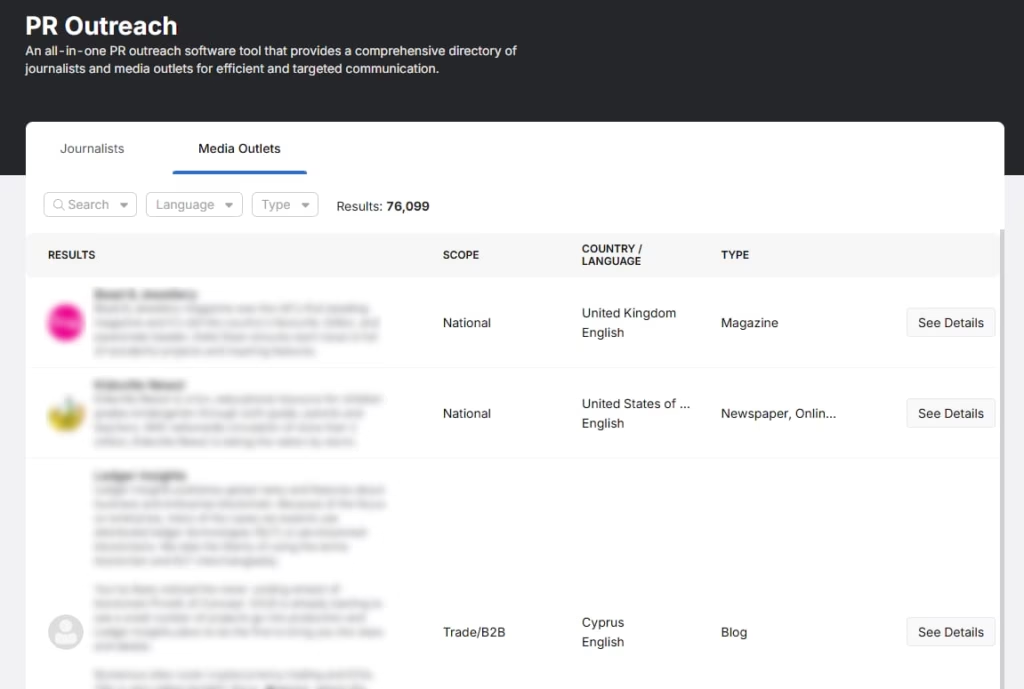
Use automated outreach tools if you don’t have contacts with influencers, journalists, or bloggers for guest posts. Blogger outreach tools are platforms that help businesses connect with bloggers and influencers to build relationships and collaborate on promotions. These tools streamline the process of finding the right creators, managing outreach, and tracking results.
4. Create Exclusive Gated Content to Attract Engaged Audiences
Gated content is a valuable piece of content that visitors can access after filling out a form, like an e-book, whitepaper, or webinar. This strategy is commonly used to generate leads.
Including gated content in your syndication strategy raises awareness and connects you with quality leads. People who are willing to share their information to access content are more likely to engage with your future marketing efforts, which makes them more valuable than casual readers.
5. Try Paid Content Syndication to Boost Your Content’s Reach
Paid content syndication allows you to pay for faster distribution of your content on valuable sites. Paid syndication saves you time compared to negotiating unpaid partnerships.
However, keep in mind that paid syndication links often carry a “sponsored” tag. Sponsored links use nofollow attributes, which tell search engines not to pass link equity to your site. The difference between dofollow vs. nofollow links is important for SEO. Follow links pass SEO value and authority, while nofollow links provide traffic and exposure without direct ranking benefits. This means the SEO benefit of paid syndication is limited.
What Are the Differences Between Paid and Organic Content Syndication?
The differences between paid and organic content syndication include speed, investment type, control and targeting, and long-term value. We explain them in more detail below.
- Speed and Predictability. Paid syndication delivers fast, predictable results through guaranteed placements. Free syndication operates as a slower, relationship-based approach with uncertain outcomes.
- Investment Type. Paid syndication requires financial investment for immediate access to established networks. Free syndication demands a significant time investment to build relationships and earn placements.
- Control and Targeting:.Paid services offer precise targeting options and performance metrics. Free syndication relies on manual outreach with less control over audience reach and engagement.
- Long-term Value. Free syndication builds lasting brand authority and SEO benefits through earned media relationships. Paid syndication provides immediate lead generation but requires ongoing investment to maintain results.
How Do You Choose the Right Content Syndication Service?
To choose the right syndication service, figure out what fits your needs and budget best. Some strategies for making this choice are listed below.
Evaluate the Reach to Expand Your Audience
Look for a service that distributes your content widely to relevant websites. For example, a good syndication service for a tech startup has a network of influential tech blogs. A service like this allows content to appear on sites with a dedicated tech audience, which increases the chances of the startup getting noticed by the right people.
Choose the Most Cost-Effective Option to Maximize ROI
Consider the cost versus the benefits. Small businesses typically need a more affordable service, like a basic syndication tool that reaches a niche audience. For example, it doesn’t make sense for a local bakery to pay for large-scale syndication. Instead, a service that targets local food blogs and lifestyle sites is more affordable and effective.
Analyze the Data to Track Your Success
To track your content’s performance, choose a service that offers robust reporting. For example, a service that shows how many clicks your syndicated article received, what regions your audience is coming from, or even how many people shared your content helps you fine-tune your strategy. This lets you measure success and make adjustments to improve results.
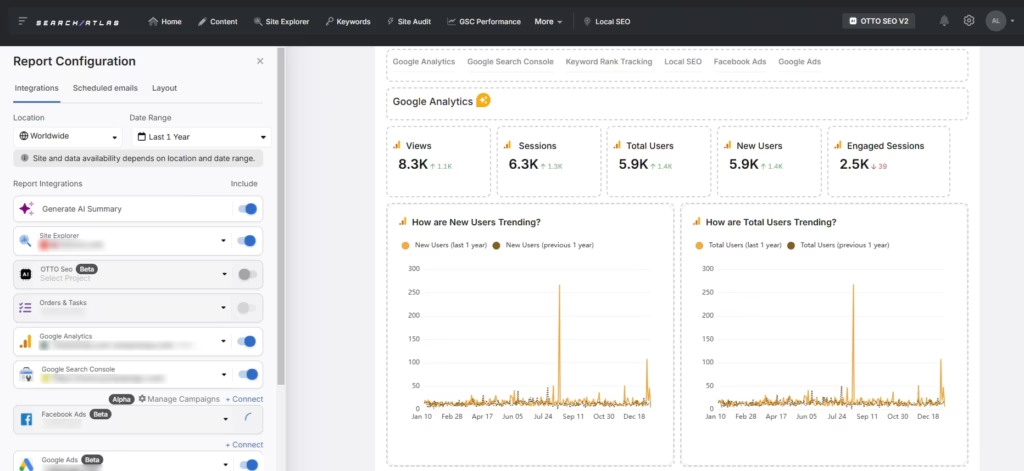
Assess Customer Service to Ensure Support
Great customer service makes a huge difference. Imagine you’re running a time-sensitive campaign and your content isn’t showing up as expected. A service that responds quickly, like one offering 1-on-1 onboarding calls, helps you resolve issues without harming your business by waiting.
AI Press Releases: Simplify Content Syndication for SEO
There are many different content syndication methods out there, and while some come with higher costs, others are more affordable. But all of them can contribute positively to your SEO efforts. Combine various strategies, like press release syndication and guest post syndication, to maximize your SEO benefits. 💡
No matter which methods you choose, Search Atlas helps you streamline your strategy with OTTO. OTTO uses advanced AI to craft the perfect press release using data from your knowledge graph.
Customize the AI configuration to get the exact output you want, then pick from a variety of high-quality distribution channels that offer valuable backlinks and extended reach. The costs for each channel vary but they’re surprisingly affordable, and the benefits last for a long time.
Why waste time and money on complex methods when OTTO’s press release syndication is right at your fingertips? See how easy it is to boost your SEO and try our free trial today!


